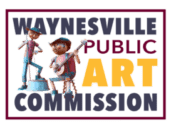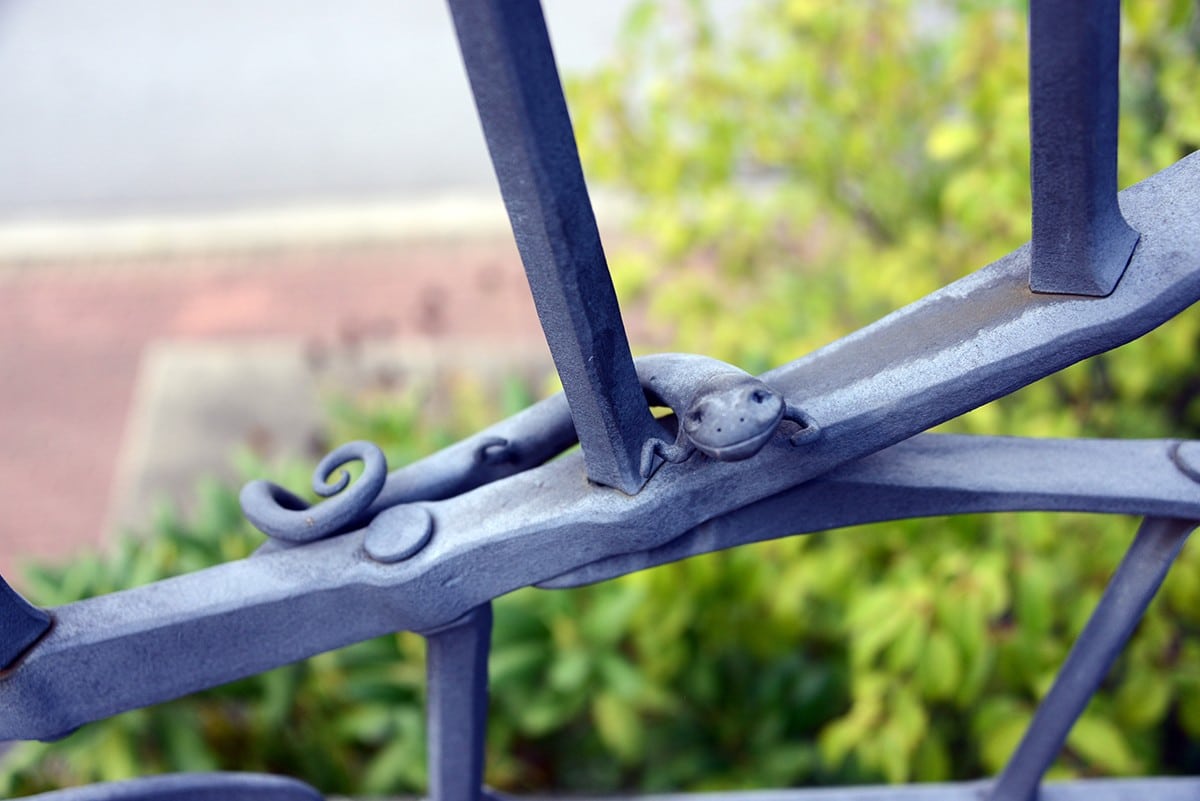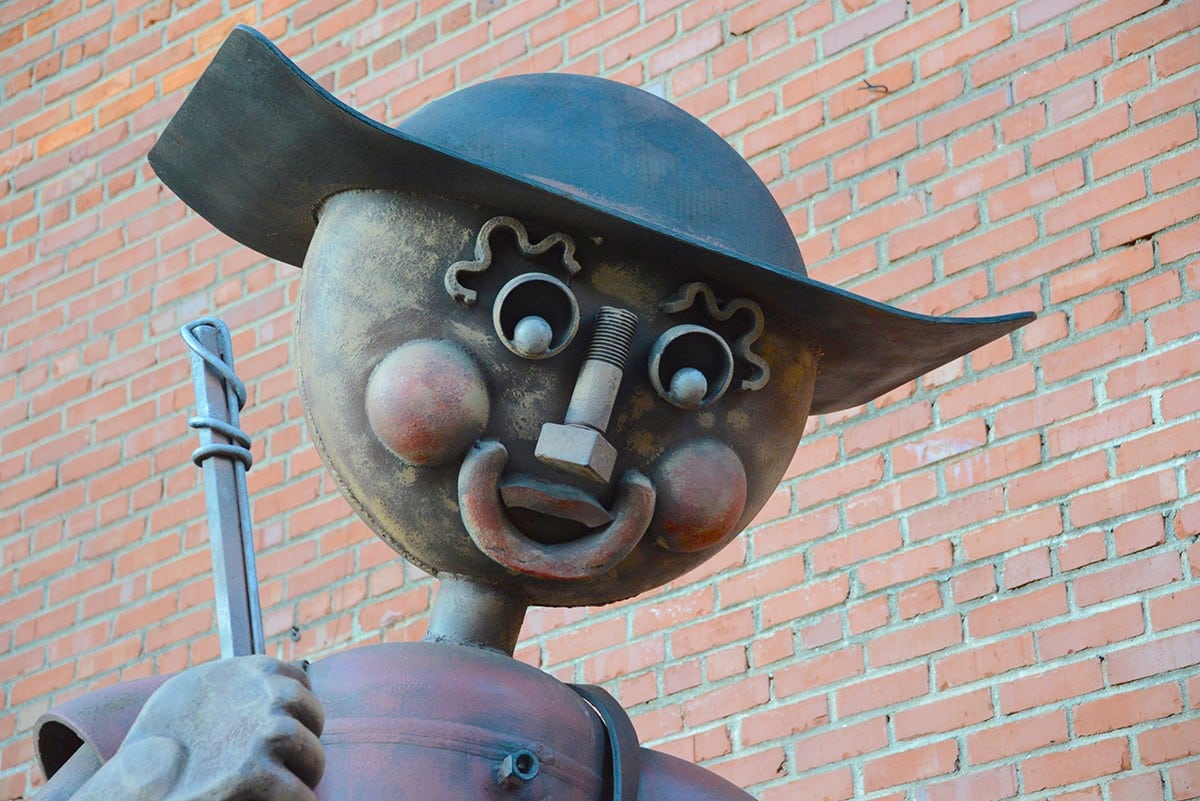ARTIST: Stefan Bonitz
INSTALLATION YEAR: 2008
MEDIUM: Repurposed Scrap Steel
LOCATION: 77 N. Main Street
These cheerful, folksy troubadours rank as the most-photographed landmark in Waynesville. The enormous statues picking a banjo and strumming a washtub bass pay tribute to the cultural heritage of Appalachian music.
The artist scavenged metal scrap yards and welded discard industrial parts together, a reincarnation of trash to treasure. Known to locals as The Music Men, they weigh between 1,800 and 2,000 pounds each, making them sturdy enough to withstand the irresistible climbing urge of children.
The piece has been cataloged by the Smithsonian for its symbolic folk art traits. The rich legacy of mountain music lives on in Waynesville today, with cornmeal scattered on Main Street for Friday night square dances in front of the courthouse.



















